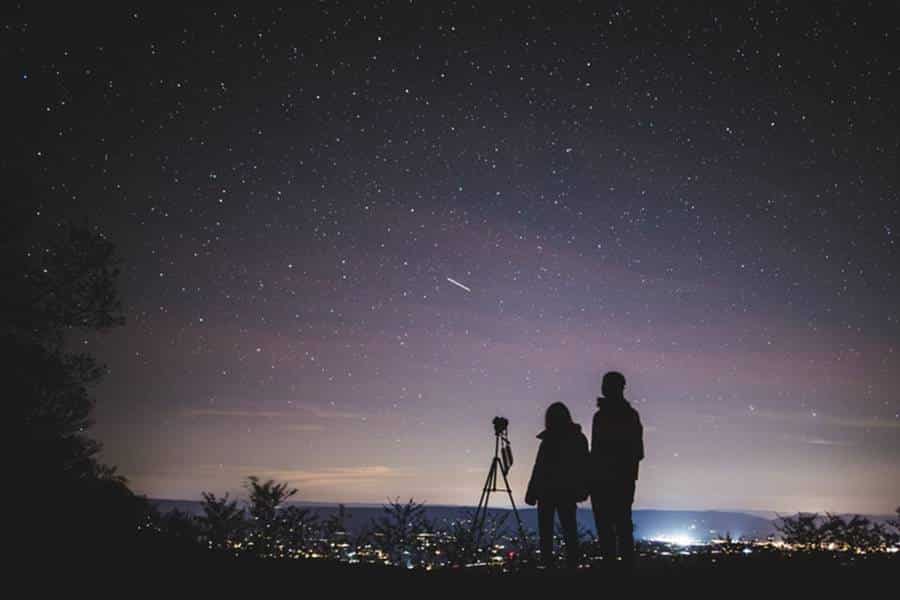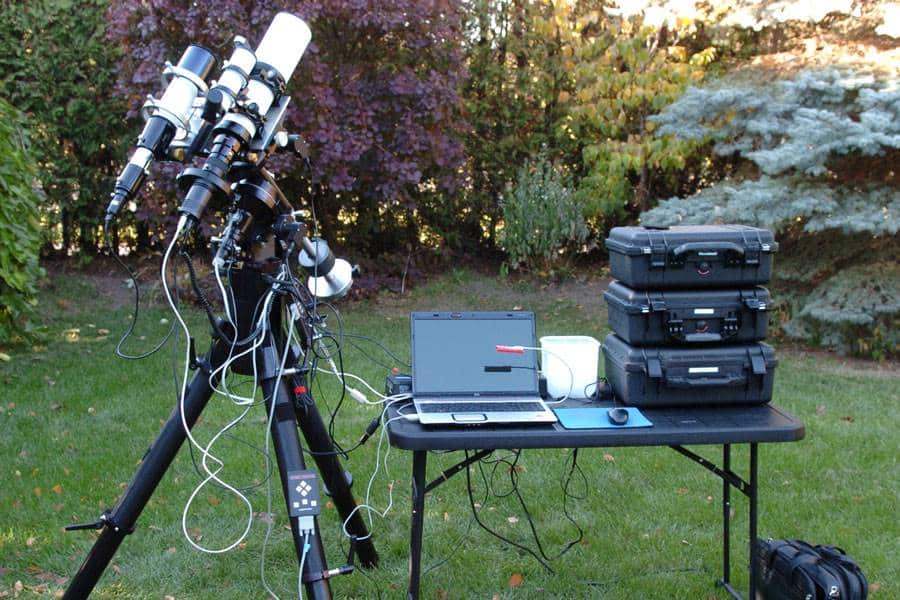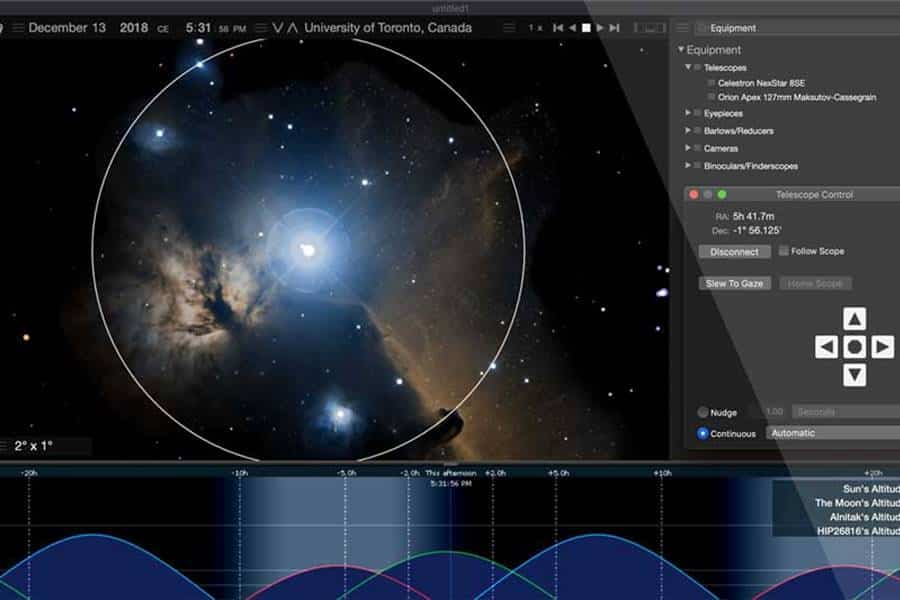Astrophotography opens a gateway to the mesmerizing beauty of the night sky, allowing us to capture breathtaking images of celestial wonders. When it comes to capturing the vast expanse of the cosmos, wide-angle lenses are a vital tool in every astrophotographer’s arsenal.
In this article, we will delve into the world of wide-angle lenses, exploring some of the best options available and explaining their features in simple terms.
1. Canon EF 14mm f/2.8L II USM
The Canon EF 14mm f/2.8L II USM is a highly regarded wide-angle lens with a focal length of 14mm. It offers a wide field of view, allowing you to capture expansive scenes of the night sky.
With a large maximum aperture of f/2.8, this lens excels in low-light conditions, enabling you to gather more light and reveal intricate details in the stars, Milky Way, and other celestial objects.
Its exceptional image quality, minimal distortion, and sturdy build make it a top choice for astrophotography enthusiasts.
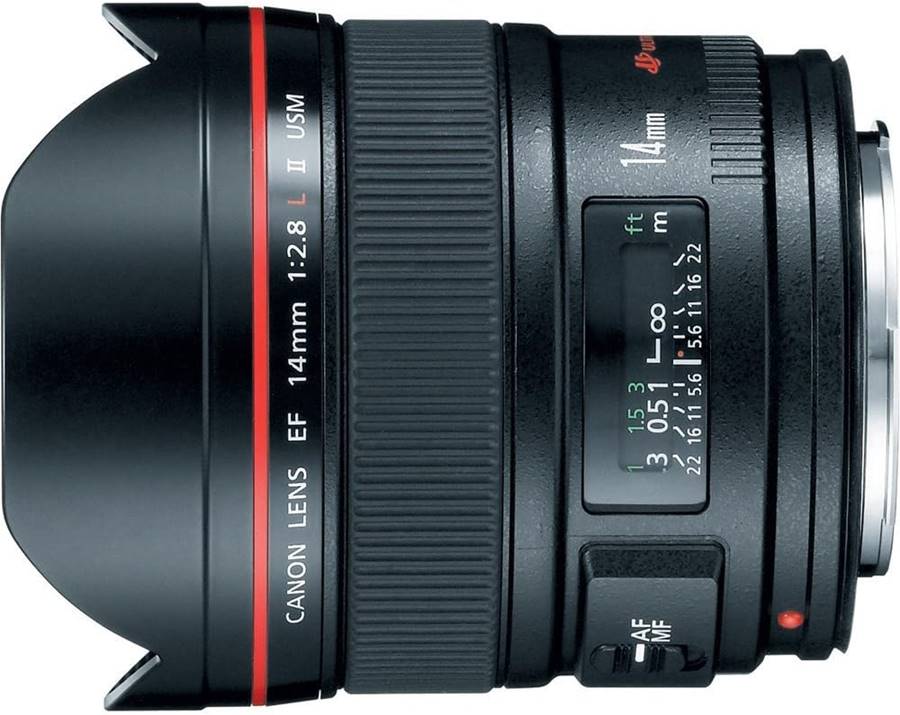
2. Nikon AF-S NIKKOR 14-24mm f/2.8G ED
The Nikon AF-S NIKKOR 14-24mm f/2.8G ED is a versatile wide-angle zoom lens favored by many astrophotographers. With a focal length range of 14-24mm, it offers flexibility in framing and composition.
This lens boasts a constant maximum aperture of f/2.8 throughout its zoom range, allowing for excellent light-gathering capabilities.
It delivers sharp and detailed images with minimal distortion, making it ideal for capturing stunning nightscapes and celestial phenomena.
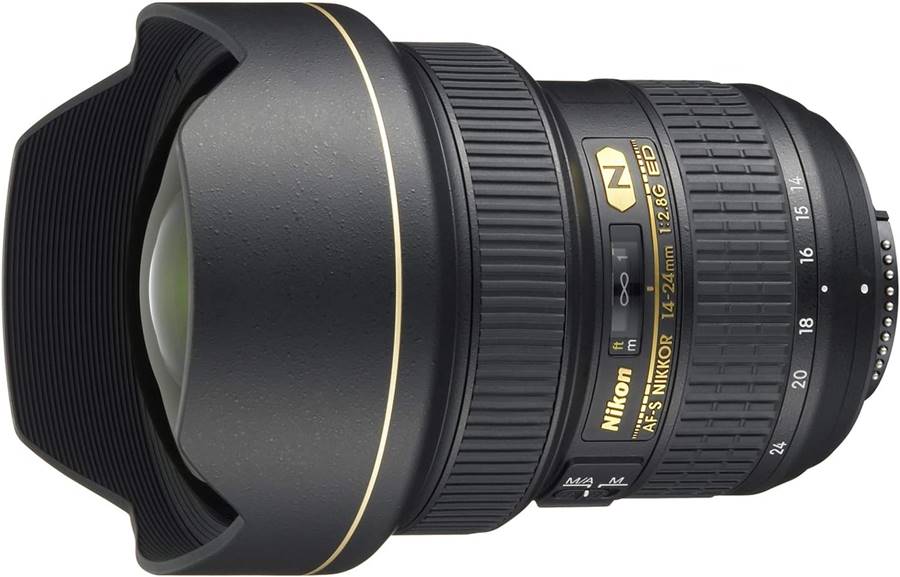
3. Sigma 14mm f/1.8 DG HSM Art
The Sigma 14mm f/1.8 DG HSM Art lens is a remarkable wide-angle prime lens designed for astrophotography. With its wide aperture of f/1.8, it offers exceptional low-light performance and the ability to capture more light in shorter exposure times.
This lens provides impressive image sharpness across the frame, even at its widest aperture. Its robust construction, including weather sealing, ensures durability in challenging shooting conditions.
The Sigma 14mm f/1.8 DG HSM Art is an excellent choice for capturing stunning wide-angle shots of the night sky.
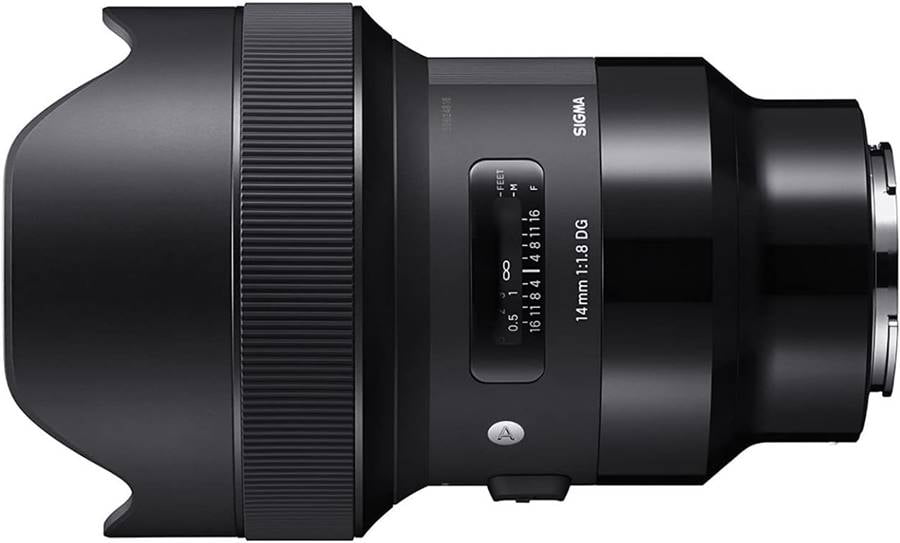
4. Rokinon 14mm f/2.8 IF ED UMC
The Rokinon 14mm f/2.8 IF ED UMC (also known as Samyang) is a budget-friendly wide-angle lens that offers remarkable performance for astrophotography. It has a fixed focal length of 14mm, making it an ideal choice for capturing expansive nightscapes and the Milky Way.
With its wide maximum aperture of f/2.8, this lens allows for good light gathering, enabling you to capture stunning details in the night sky.
While it may lack some of the features found in more expensive options, the Rokinon 14mm f/2.8 IF ED UMC provides great value for its price.
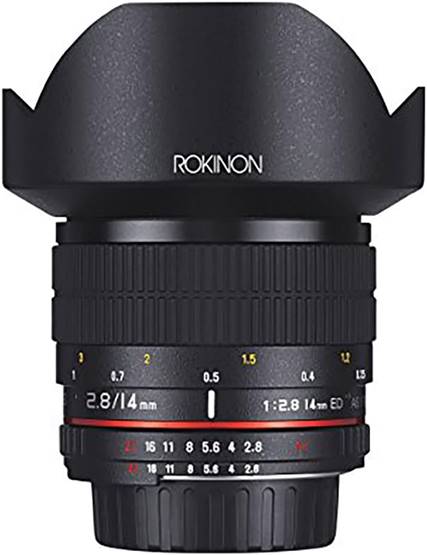
5. Tamron SP 15-30mm f/2.8 Di VC USD
The Tamron SP 15-30mm f/2.8 Di VC USD is a wide-angle zoom lens that combines versatility and optical excellence for astrophotography. With a focal length range of 15-30mm, it offers the flexibility to adjust your framing and composition.
Its constant maximum aperture of f/2.8 ensures excellent low-light performance and the ability to capture stunning details in the night sky.
The lens also features built-in Vibration Compensation (VC) technology, which helps reduce camera shake and allows for sharper handheld shots, particularly in longer exposures.
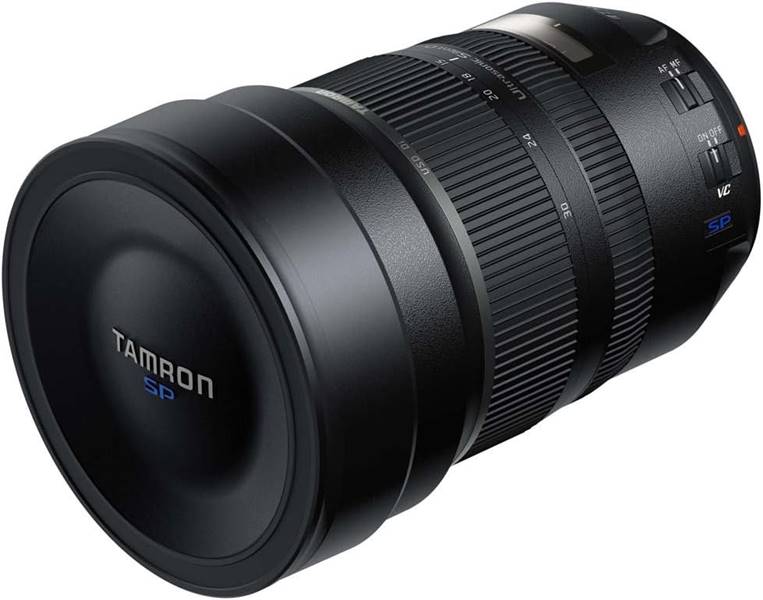
Conclusion
Wide-angle lenses play a crucial role in astrophotography, capturing the vastness and grandeur of the night sky. The Canon EF 14mm f/2.8L II USM, Nikon AF-S NIKKOR 14-24mm f/2.8G ED, Sigma 14mm f/1.8 DG HSM Art, Rokinon 14mm f/2.8 IF ED UMC, and Tamron SP 15-30mm f/2.8 Di VC USD are all exceptional options to consider.
Each lens offers unique features and strengths, enabling astrophotographers to capture stunning wide-angle shots of celestial phenomena.
Explore these lenses, consider your specific requirements, and embark on a captivating journey to capture the wonders of the cosmos.
